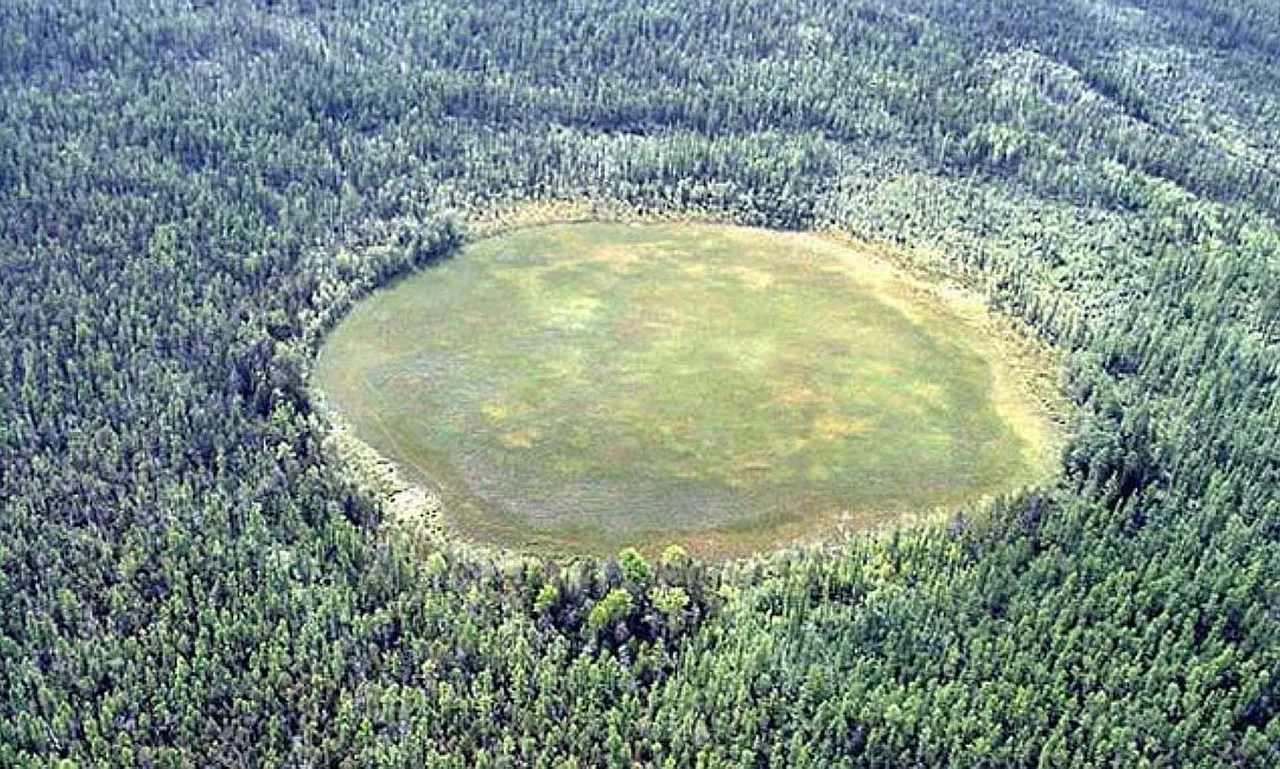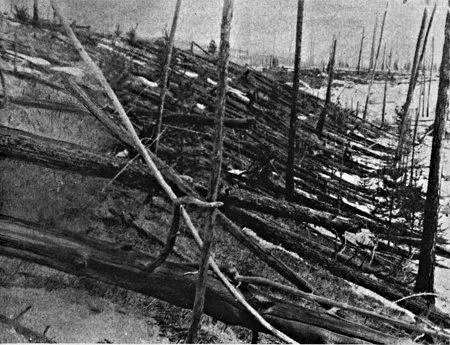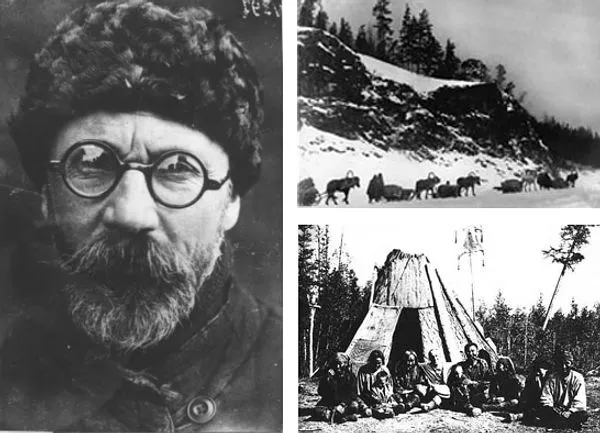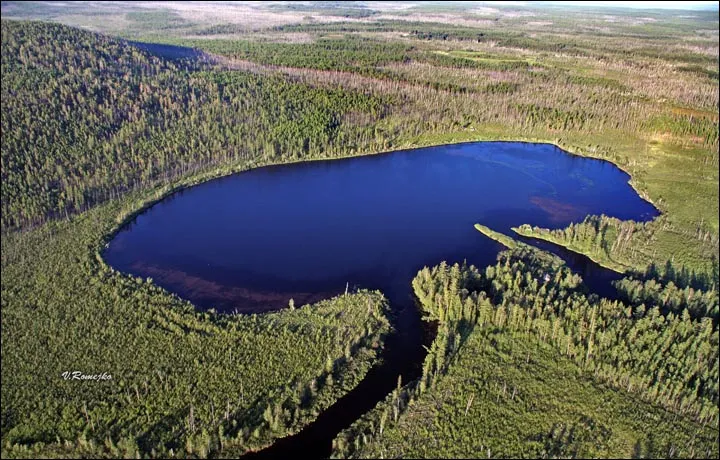
Unlike earthquakes, skyquakes are an extremely rare atmospheric phenomena that sounds like a "cannon, trumpet or a sonic boom coming from the sky". The sounds are capable of causing disruptions from several miles and jolts that can destroy buildings. The noises are usually accompanied by a vibration that can be sensed by those who are nearby. Skyquakes are generally termed as an unexplained phenomena however, there are a few cases that are far more bizarre than the rest and still remain a mystery. One such event took place a century ago.
The Tunguska Event

On 30 June 1908, a mysterious fireball from the sky plunged into a 2000 sq km snow forest near the Podkamennaya Tunguska river in Siberia. The incendiary was about 50-100 meter wide and wiped out 80 million trees along with hundreds of reindeer. Additionally, a minimum of three people reportedly died during the air burst. The local residents felt the heat that was diffused in the air when the fireball exploded and windows were shattered in houses that were 35 miles away. The skyquake was recorded to be 185 times more powerful than the Hiroshima atomic bomb. According to NASA, “The resulting seismic shock-wave registered with sensitive barometers as far away as England. Dense clouds formed over the region at high altitudes which reflected sunlight from beyond the horizon. Night skies glowed, and reports came in that people who lived as far away as Asia could read newspapers outdoors as late as midnight”.

To this day, the event remains a mystery to researchers. A range of theories circulate regarding the event. This includes but not limited to alien spaceship crash, matter and antimatter collision, small black hole collision, meteor strike, etc. Lack of an impact crater only increased the speculations with no definite conclusion.

More than a decade after the incident took place, Leonid Kulik, a Russian mineralogist investigated the impacted area with a research team for the first time. But there was no impact crater nor meteoric fragments found in the location.

In addition to the already piling speculations and hypotheses, another strange theory was put forward by an Italian research team. According to them, Lake Cheko, a freshwater lake near the Podkamennaya Tunguska River could be the impact crater because “it did not feature on any maps before the event”. However, this theory was ignored as well due to the lack of evidence. Research papers are getting published frequently with respect to the subject matter. But nothing has provided clarity. Nevertheless, scientists are keenly observing the sky to ensure they don’t miss another unknown body collision to analyze the threats they pose to earth.
Thanks for reading!❤️